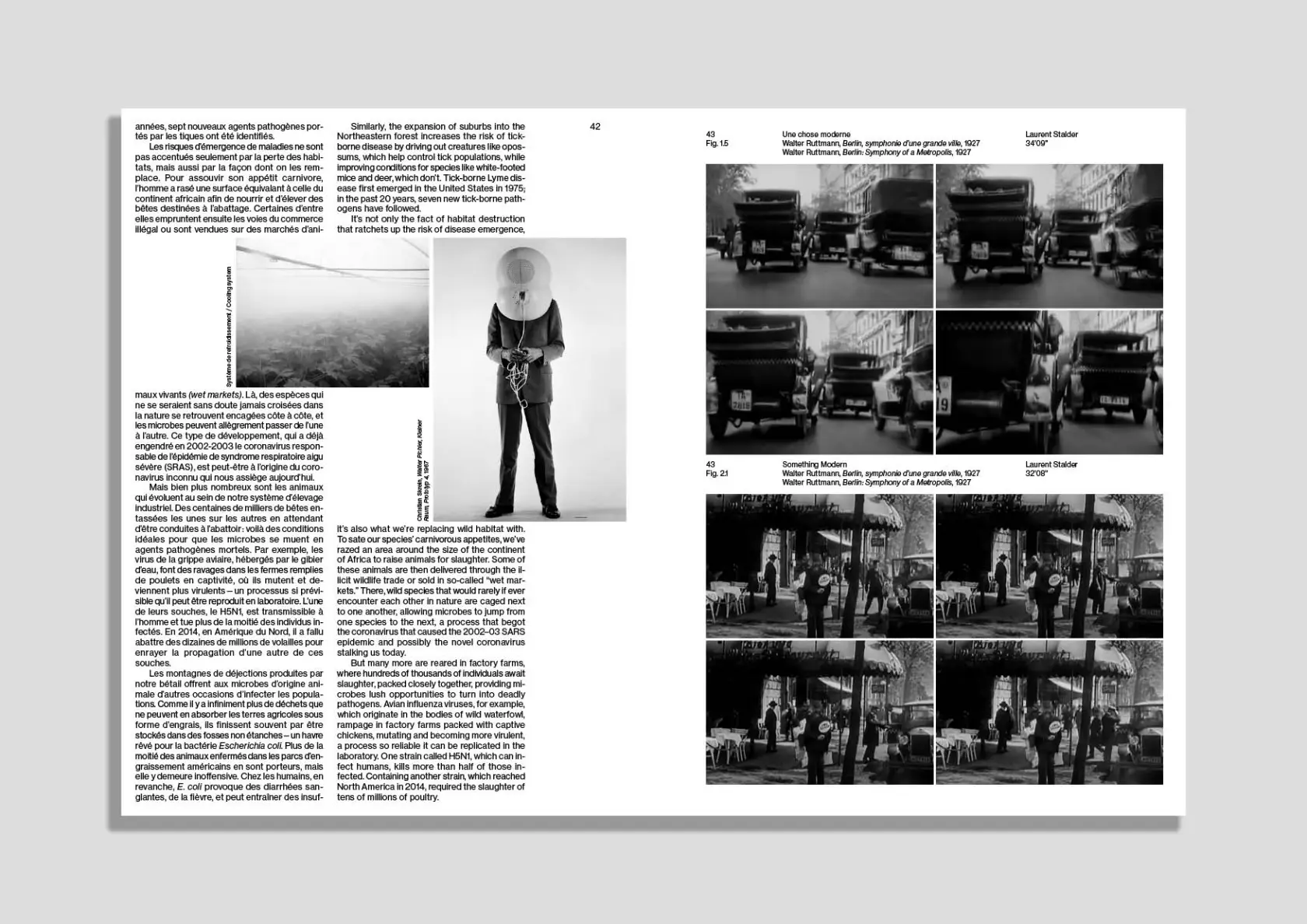Keeping the body in its comfort zone is the secret formula of our daily environment.
As soon as a door is opened, as soon as an interior is entered, the environment must be tamed, air-conditioned and sanitized. Everything is done so that we don’t have to feel like we are breathing or even sweating, physical effort is reduced and our safety is guaranteed. Our body has cut itself off from climatic, acoustic, luminous and safety variations, even though these are finally restricted in our latitudes.
This invisible normalisation is not just an infra-spatial issue. From comfort to conformism, or even conformation, it is only a step away. This process is already insidiously modifying some of our behaviours. Who hasn’t been surprised when entering a shopping mall to feel like in need of a sweater, even In the middle of August? Sensory reactions return to the very place where we are trying to numb them.
These impromptu contrasts say something about the fragmentation of contemporary space. Without us necessarily realizing it, we spend our time crossing thresholds, sometimes clearly visible, sometimes less so, but always subject to some form of control.
It is why the control of flows (air, sanitary, circulation) is ultimately the first question to which architects must submit.
The paradox of this control is that it seeks to make itself invisible, while at the same time being very concrete. There is no architectural project without its array of machines and protocols that have to be integrated into it, while most often wanting to remain hidden.
The most emblematic example being the air conditioning batteries, more or less skillfully camouflaged in the roof to allow us to breathe air, that literally makes us neither hot nor cold.
This asepsis of environments needs to be re-examined in light of the current challenges of energy consumption. The comfort provided must be re-evaluated in relation to the constraints of its implementation.
These constraints are nothing more than the spatial and technical translation of administrative norms that govern our environment Mastery of environments or control of environments? The nuance is sometimes difficult to grasp. The fact remains that in contemporary space, the user ls more and more guided, the paths are more and more standardized. (…)







